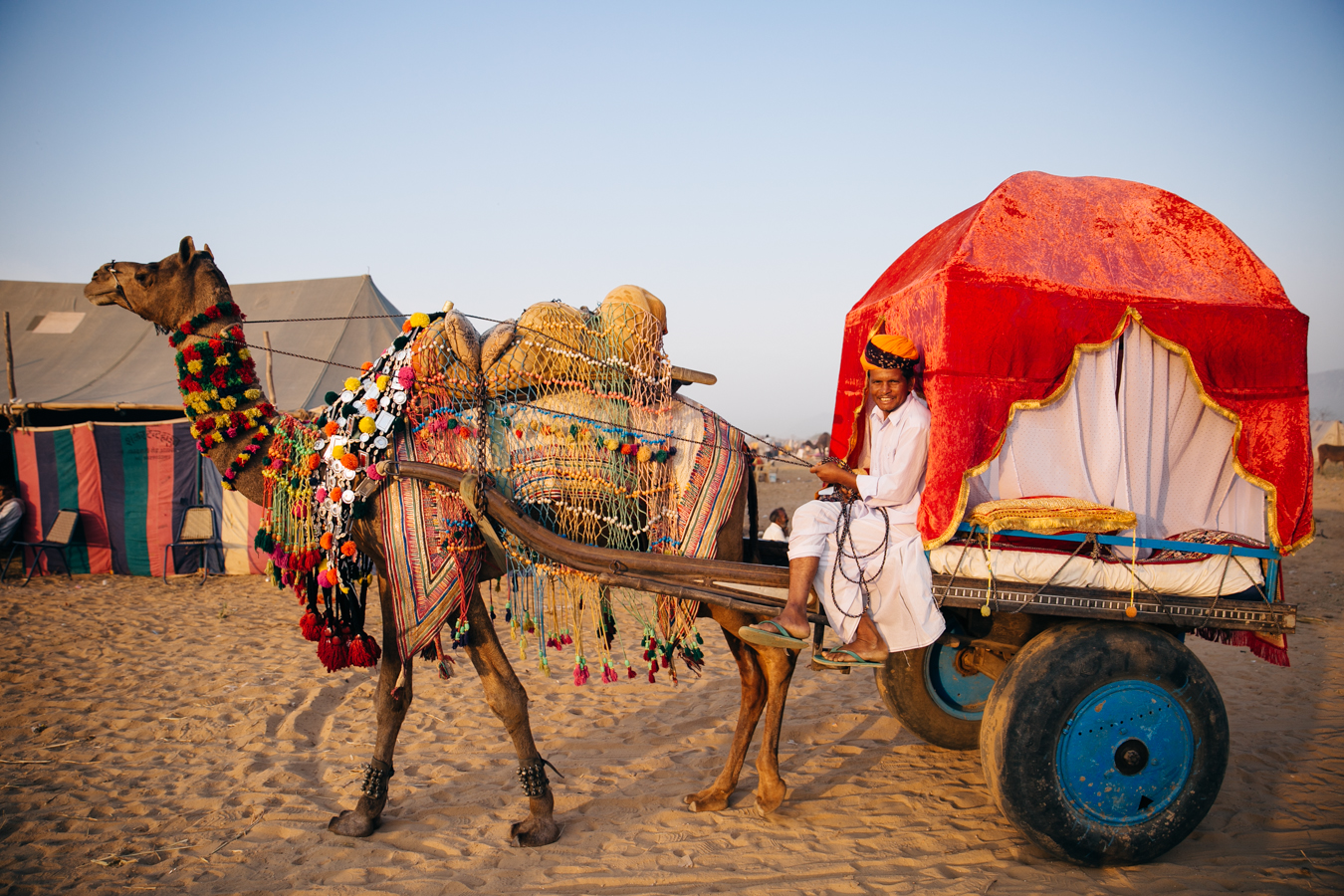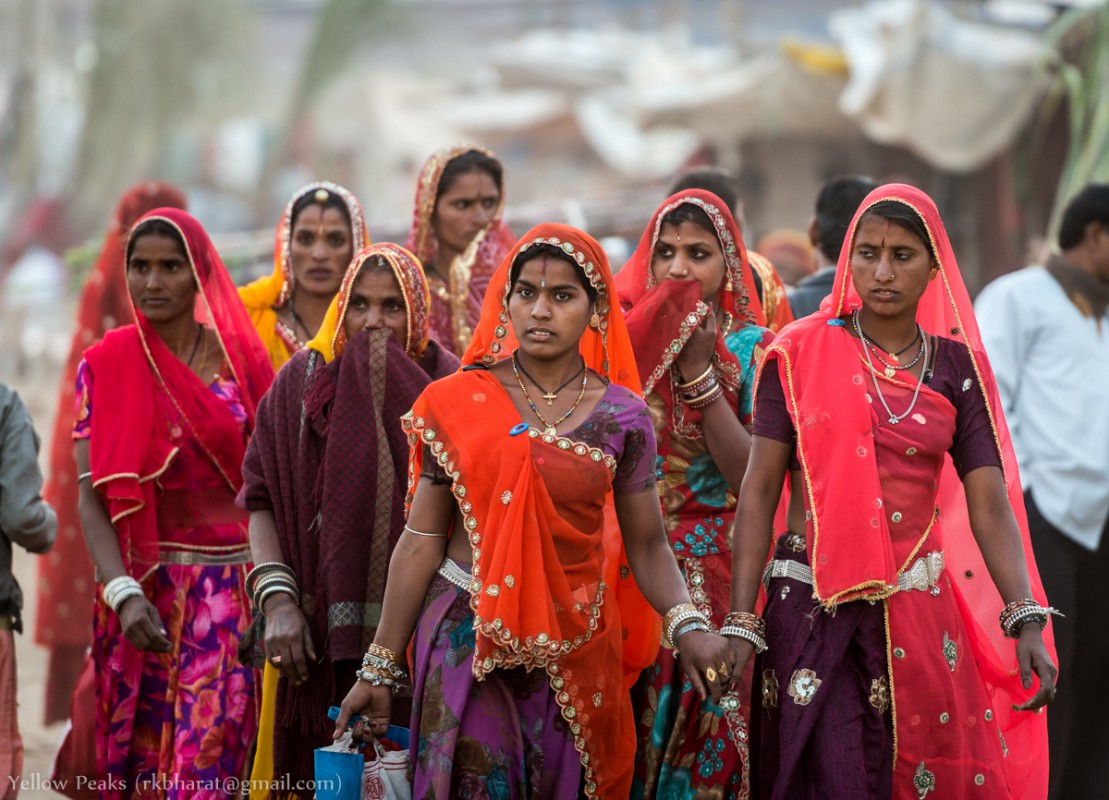The Culture of the Pushkar Camel Fair
Rajasthan is a state located in northwest India. Even during globalization, Rajasthan has managed to uphold various old traditions. The state’s colorful expressions are exhibited through different forms of art, the styles and designs of traditional clothing, and the ceremonies that have occurred for hundreds of years. One of the many celebrations that make this state so rich in culture is the annual Pushkar Camel Fair which tends to occur in November.
The festival takes place in Pushkar, which is an extremely religious town. It is filled with several temples and reflects a peaceful environment. It is a setting that allows one to get in touch with their spirituality. These qualities that already prevail in the atmosphere complement the creative energy, social interaction, and persisting charisma the fair offers.
Camels are significant animals in especially North India, the Middle East, and North Africa as they have provided and currently serve as a means of transportation. Since they have the ability to travel long distances, camels have been a reliable resource for years. This festival celebrates the camel by allowing them to be the center of attention; however, the fair is not limited to camels as other animals do participate as well. According to IndiaOnlinePages, the camels and other animals involved must be prepped before the event. The camels are often decorated with elaborate embroidery, beads, bells, and other trinkets by their owners. The owners of these camels often decide to enter their animals into various competitions with the hopes of selling the animal or trading it for some other good.
IndiaOnlinePages also reports that artists of various forms are also heavily involved in the fair. Individuals who creatively express themselves through different crafts, combinations of melody, and those who utilize the science of illusion to connect to others add to the collaborative environment. Artists from different trades also come together to share their perspectives through unique mediums. Meeting new people and exchanging ideas are necessary and natural occurrences for innovation. The sole encounter of viewing differing methods of expression also helps people grow on an individual level. Therefore, this fair has the potential to affect the entirety of a community as well as the fate of a single complexity lurking in the back of one inhabitant’s mind.
Travelers who are particularly interested in meeting people who may come from completely different circumstances and perhaps continue to pursue the professions that have been passed down to them should visit the fair. The contrasting yet complementary moods the location radiates, the locals’ desire to preserve certain folklore, and the assorted instruments used to express ideas and sentiments all provide those who frequent the fair with much to take in and experience.




